Gisle Kverndokk
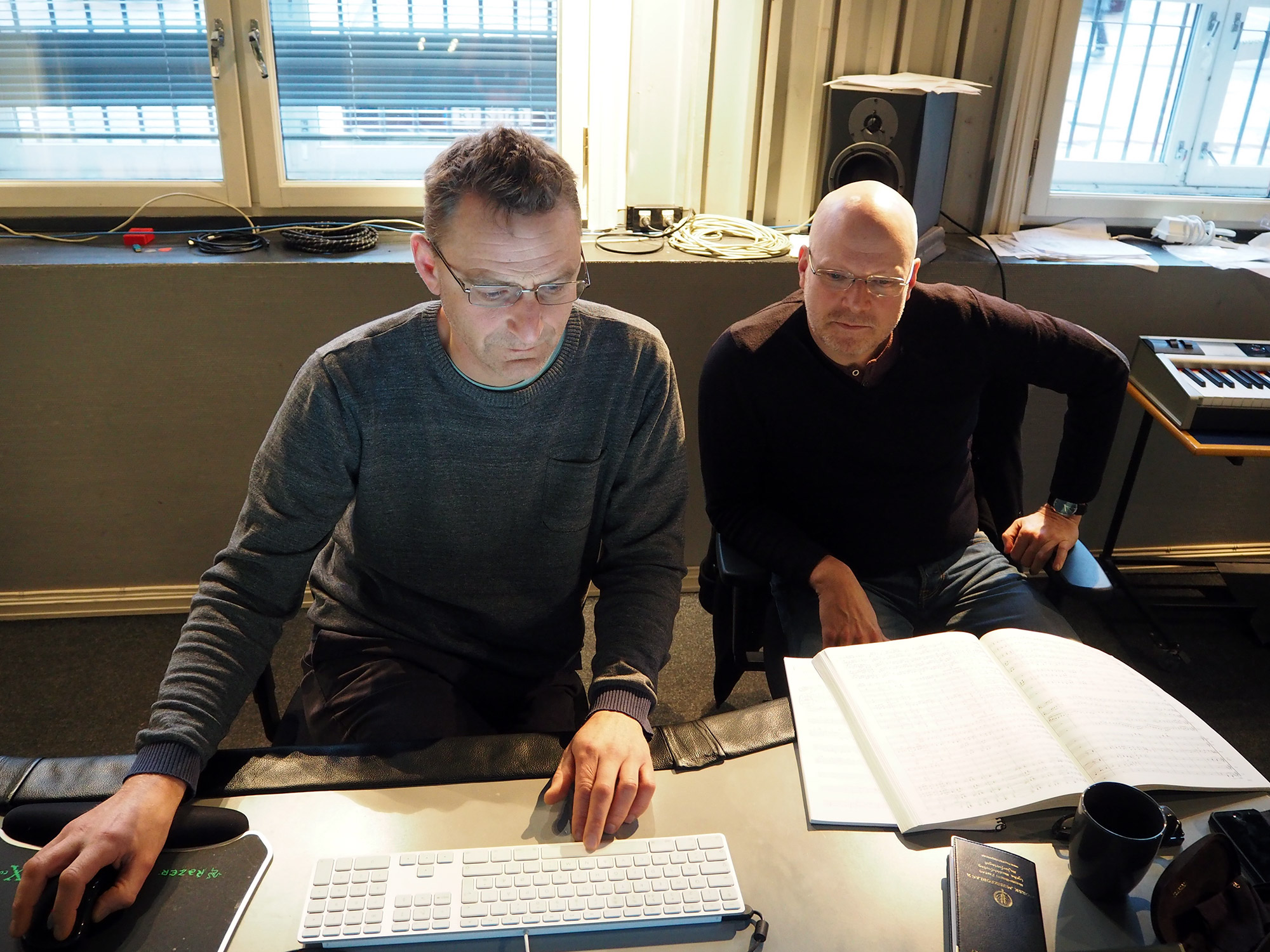
Last year, the Stavanger Symphony Orchestra had recorded Brahms’ Symphony No. 2 and Gisle Kverndokk got a special assignment to make a 3-minutes single version of the symphony. He mixed and mastered it in Studio 1 with Cato as a technician, and this is the result.
Kverndokk is currently a house composer at the New York Opera Society. He has composed music for 30 years and is well known outside the country’s borders with productions in the United States and Germany, while in Norway perhaps he is most famous for the Opera “Around the world in 80 days” which was made for the opening of DNO&B.
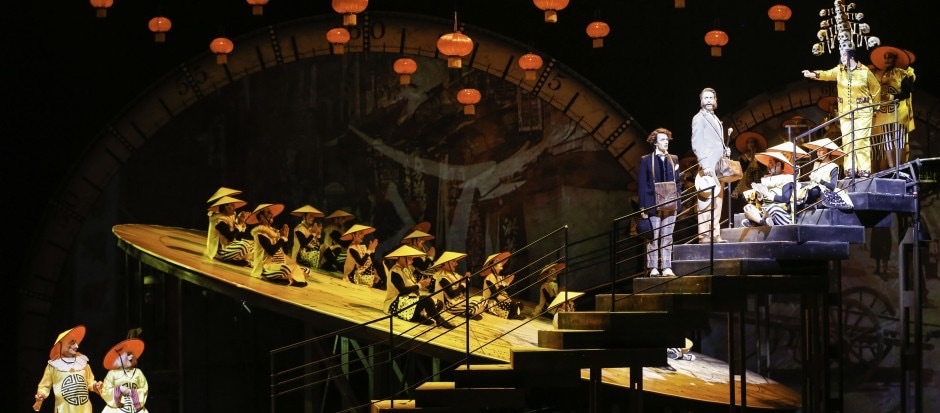 Photo: Photo: Barbara Pállfy
Photo: Photo: Barbara Pállfy
Its first German-language version In 80 Tagen um die Welt (above) last year received the Deutscher Musikal Theater Preis for Best Music, Best Directing, Best Choreography, Best Scenography, Best Costumes and Best Male Role. He has successfully written modernist church music, like the church opera “Upon This Handful of Earth” which had its premiere in New York February 24th receiving good reviews. His latest musical “Fanny og Alexander” has an open rehearsal March 5 at the Dramatikkens hus – and he recently finished writing “Purriot and the missing Bronze horse” (our English translation), which has its premiere May 12th at DNO&B’s Scene 2.
NRK klassisk September 19, 2017: Congratulations to composer Gisle Kverndokk with six prizes during the German music competition Deutscher Musikal Theater Preis! Here can you hear Gisle Kverndokk's reactions in Musikkfrokost (56:17)
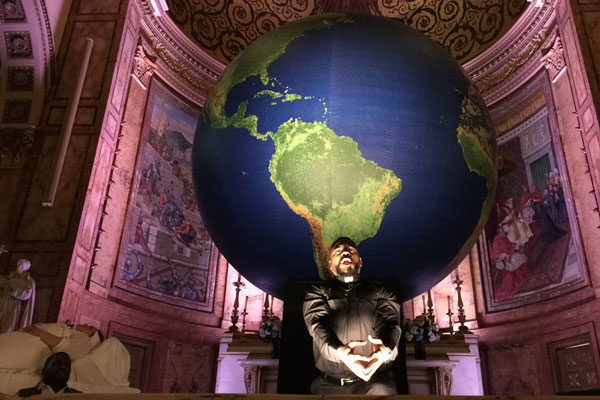
Upon this handful of earth (2017)
We got curious and sneaked into the studio to talk during a break.
What is Kverndokkian music?
It is music with dramaturgy and action. The desire to tell a story through music is very important to me and has always been there. It’s all from innovative musicals that are not pop, to operas, symphonic works, chamber music and church music. Among my great heroes and examples are Stephen Sondheim, Leonard Bernstein and Kurt Weill. I have a liking of composers who can make symphonic works while writing a catchy melody.
How did you get interested in writing music?
I was 8 years when I finally got to join a trip to Ibsenhuset in Skien where the Norwegian Opera was on tour with “Il Trovatore” by Verdi. I had heard it on a record at home, but now I heard all the music that was between the famous arias, the way the composer developed the familiar themes, how the melodies snapped into each other and then appeared again; how he created drama with music. It lit me, very much. This still fascinates me, the way the composer develops music in a dramatic context, a dramaturgy, which I then had not heard before. I thought that was exciting and immediately developed a liking for it. Early inspirations have been, for example, the Bergman film “The Magic Flute”, Händel, Wagner and Richard Strauss. Otherwise, the school and music school both have been important. Once I was to write a second voice to a flute melody at school, I remember thinking it was the most meaningful I had ever done.
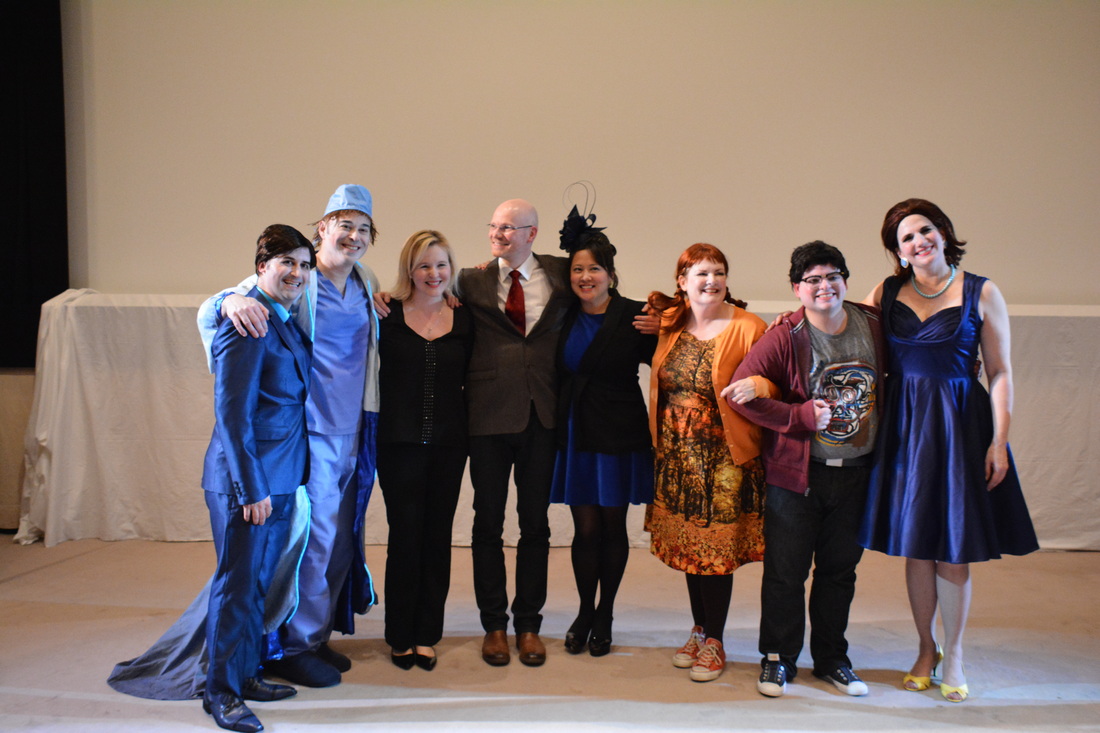 Supersize Girl (2013)
Supersize Girl (2013)
Kverndokk spent his childhood and youth in Skien. With older siblings playing instruments, he was “small, envious and very ready to play” when he started as a 9-year old at music school, with the flute as his instrument.
It was a very vibrant cultural life in Skien when I grew up. The music school was very active and we had a wind ensemble and symphony orchestra for young people. I was in both of them and it was great fun. We played a lot and I gained experience of instrumentation by sitting in the orchestra. Kristoffer Kleive directed Skien Musikkforening Orchestra and was the very talented organist of the main church in Skien. Both him and the organist in Borgestad church, Terje Tjervåg, I learned a lot from. In fact, there were many very skilled people who were active within music. The Musikkforening had long traditions. Those who taught children and young people played there, there were lots of people, skilled amateur musicians, and when the Riksopera was active, (The Norwegian Opera on tour) they traveled around with productions, using local orchestras and choirs. I got a lot of room in this environment and was completely unstoppable. My sister Siri wrote texts, and together we made musicals at the children’s theater at school. I also listened to the “Composer’s workshop” at NRK; a composition course for children on radio with Kåre Grøttum and Maj Sønstevold. They had made compendas that I ordered. One could send in pieces, and among other things they selected a clarinet quintet and a piano piece of mine that got played on the radio with professional musicians from KORK in the studio, and I was invited as a guest. They also came to visit me at home with the “Music Bus” who drove around the country and made reports about things happening everywhere. NRK Radio decided to make a radio opera, and then Siri and I godt picked out, along with other young librettists and composers, including Dagfinn Koch and Torstein Aagaard Nilsen. We made four acts together for KORK, the Opera choir, soloists and with a very young Christian Eggen as conductor. It was amazingly fun: We were a lot at NRK, met Maj and Gunnar Sønstevold, this was just amazing for a young soul, or maybe an old soul in a young body …
Through another NRK show for youth he became acquainted with Erik Fosnes Hansen who wrote texts. Kverndokks first opera “Falketårnet” was based on Fosnes Hansen’s debut novel by the same name. He still works close with people who write: Øystein Wiik has written the musicals “Sophie’s World”, “Vincent”, “Dangerous Liaisons”, “Frendelaus”, “Martin L.”, “Around the world in 80 days” and “Fanny og Alexander, and Ivar Tindberg has written the text of the radio opera “Bokken Lasson- sensible success” and the opera “The fourth watch of the night”.
Some said that it was hard to live as a composer and that I should bet on the flute, so I took lessons in both flute and composition in Oslo during my time at the gymnasium, but I realized that I was basically indifferent to the actual whistle and its technique, I could’ve played tuba or cello, whatever, as I was interested in all instruments. So I chose composition and started in 1986 at the NMH, finished in -90, continued to study in the United States and then went back for my diploma on NMH. I had some trouble finding out where I really belonged in contemporary music when I was a 19-year-old, and it took me some time to get into Bouléz and Stockhausen. The most modern I had heard was Hindemith. I had played his flute sonata for my audition, but that was neoclassical and regarded with a little suspicion at the time, the coolest people wasn’t into that. I on my part had started to like musicals at that time, and through a job as an arranger for “Opera Mobile”, I started playing the piano, rehearsing and conducting, first in the milieu around the opera, then in the musical environment, and played most of the Oslo theaters under people like Egil Monn-Iversen and Fred Nøddelund.
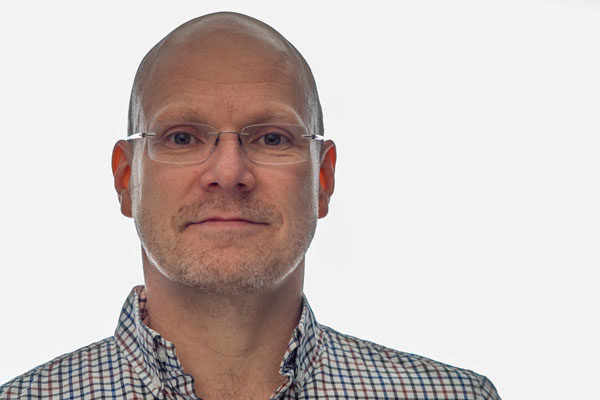
Gisle Kverndokk. Foto Anne C. Eriksen
My first job as a piano player at Chateau Neuf was nerve-racking! I was to jump into the show “Sweet Charity” one evening. Was going to play the synth, something I almost never had done, only piano. So I sat practicing in the orchestra pit before the show, next to the one I was going to jump in for, and when the evening came I was very nervous. The synth was a huge Kurzweil Monn-Iversen had purchased for Det Norske Teater, with sampled sounds which at that time in the 80’s, sounded extremely nice. I was going to play everything from strings, harp to saxophone. I had practiced, practiced, practiced and practiced, where I was located next to Jens Wendelboe and Helge Iberg, the best jazz musicians in Norway. There was a lot of pedals on the synth, and I took off my shoes to play properly. Afterwards I heard that one of the musicians had said that I, Gisle “just took off the shoes and played like a god.” It was incredibly nice to hear, it did go well! This was a living world where I really got to try myself out and perform, you could not do anything wrong. I got to know a lot of musicians in jazz and various musical environments, which was very valuable. One also got to see a bit of the shadow side, at that time there was a lot of substance abuse. I myself thought drinking would stand in the way of performance. Something I’ve always been strict about. But at least I learned a lot about music theater, which I know has been very valuable.
After graduating at the Academy of music, I wanted to go somewhere else. We had been on a school trip to New York in the last year of the master’s program in 1990, and Olav Anton Thommessen made it possible for us to visit John Corigliano who was and is one of the leading composers in the United States. I really liked some major orchestral works that he had written and his style, so I contacted him the following year. He asked me to apply for Juilliard if I wanted him as a teacher, so I did. When I studied there he was working on a big opera for Metropolitan. It was a lot of fun to follow his process.
What are the topics of your work?
There are very different stories, some commissioners have specific wishes, but when I decide myself, I am concerned with human stories that affect. One story I wanted to write an opera of was Johan Falkberget’s novel The Fourth Watch of the Night and now, for example, we work on a musical, which is not yet been set up in its entirety but has had a workshop on, based on the book Ruth Maiers diary by Jan Erik Vold. These are stories that catches me. I also made a musical from the book “Sophie’s world” which earned a lot of critique, among others by Dagbladet who wrote that one might as well have made a musical from the phone directory. And I think that’s really a good idea, thinking of all the human beings an their stories behind its entries. I have been interested in experimenting with form and looking for different ways to make music theater without being focused on naming it “musical” nor “opera”, so many of my musical works are perhaps belonging somewhere on the border between.
 Sofies Verden (1999) Kåre Conradi and Karoline Krüger. Photo: Leif Gabrielsen
Sofies Verden (1999) Kåre Conradi and Karoline Krüger. Photo: Leif Gabrielsen
One of the first projects I did here at Notam was exploration of audio material for “The Fourth Watch of the Night”. I got to know Cato when we analyzed the tone spectrum of different bells that I would develop into the “sound of Røros” – the place where the opera takes place. If you read the book, there are a lot of bells there, church bells, bells on horses and wagons, the tower bell that you call for work with, and then there is the sound of ice and snow and frost. So I went around recording a lot of sound of ice, broken ice, snow sounds etc, and researched this in your studio. The main material for that opera is developed here at Notam.
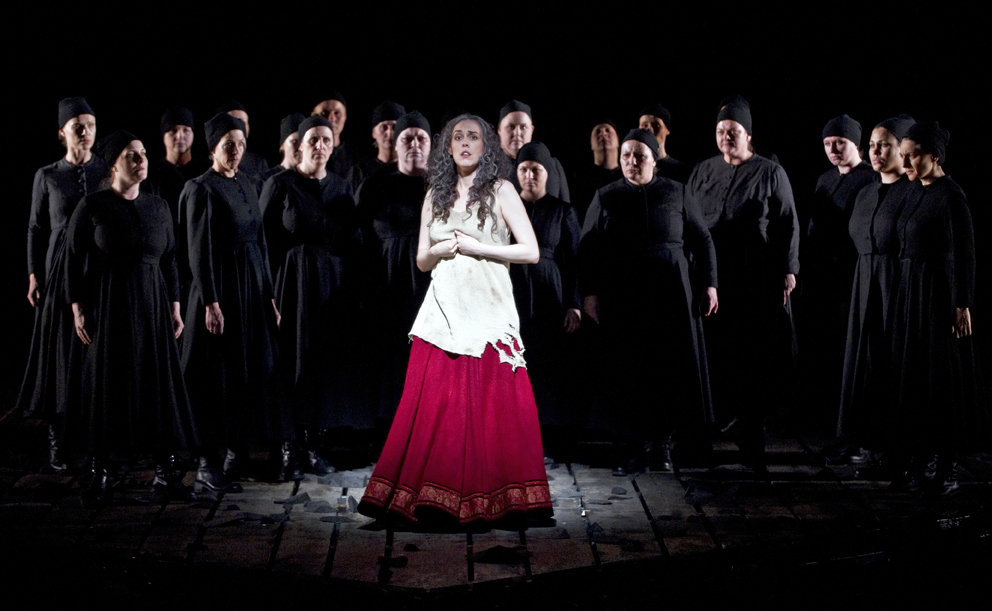
The fourth night watchman (2012) Angelica Voje and Operakoret. Photo: DNO&B
What does technology mean to you?
That’s something I have to deal with of course. If you are to be a composer, you need to keep up with the development of new tools, and it can open up for many opportunities. It can also be insanely frustrating, and sometimes I think; why can I not just WRITE MUSIC? When things crash and one has to update programs, the notepad does not work and I have a deadline for delivering a score and cannot write a note, then I long for paper and pencil. I therefore fear all updates and prolong them as much as possible. But when I get things to work, I think it’s amazing. It’s nice to come to Notam and get help.
Which part of the craft is what you like best?
I’m very fond of making melodies, but “melody” can have different meanings. Even if I experience something that I’ve written as very melodic and simple, others may find it difficult, it depends who hears it.
Do you think about how the musician experiences playing what you write; when you write it?
Yes, I do. I remember at the start of my own career, so it was so amazing when the musicians were just happy and smiling, compared to when they were complaining and thought everything was shitty. Then they were satisfied, I forgave them all! As you grow older you assume that they are going to play the notes you have written, but I am concerned that the musicians will enjoy playing the music, that it should be well written for the instrument. There is a lot of new music that is not and I have great respect for the musicians’ knowledge. Playing should be meaningful. In an orchestra everyone should have an interesting job, it should not be just the strings playing while the others sit counting beats.
A happy project for all participants?
Don’t know, but it should make sense for both performers and the audience. The older I get, the more honest I have become towards myself. When I was younger, I was more keen to satisfy some kind of expectation that I thought people had towards me, for example being modern enough and cool enough. Now I don’t care, now I write the music I myself want to hear. Therefore, I may have become a little bit kinder, more tonal, more romantic with the years. Many composers have become softer with age.
Does it have anything to do with learning, you think, wanting to stretch in all directions when you are younger?
You are also more uncertain and with more experience one finds out what is important in life – perhaps .. to follow your heart. My project is just writing music that touches people, music I hope will give an experience.
Would you like to create something similar to your own “Il Trovatore” experience as a child?
If I can give a curious little 8 year old such an experience? Oh yes. I have experienced young people, such as one who participated in the children’s choir of “Around the World in 80 Days”, who has himself become a composer, telling me that hearing the new music was incredibly exciting at that time. And I have met the “Opera’s friends”, retirees, who say the opposite of what many think they say, that it’s so good to hear something new, not just “La Bohème” and “La Traviata” every time.
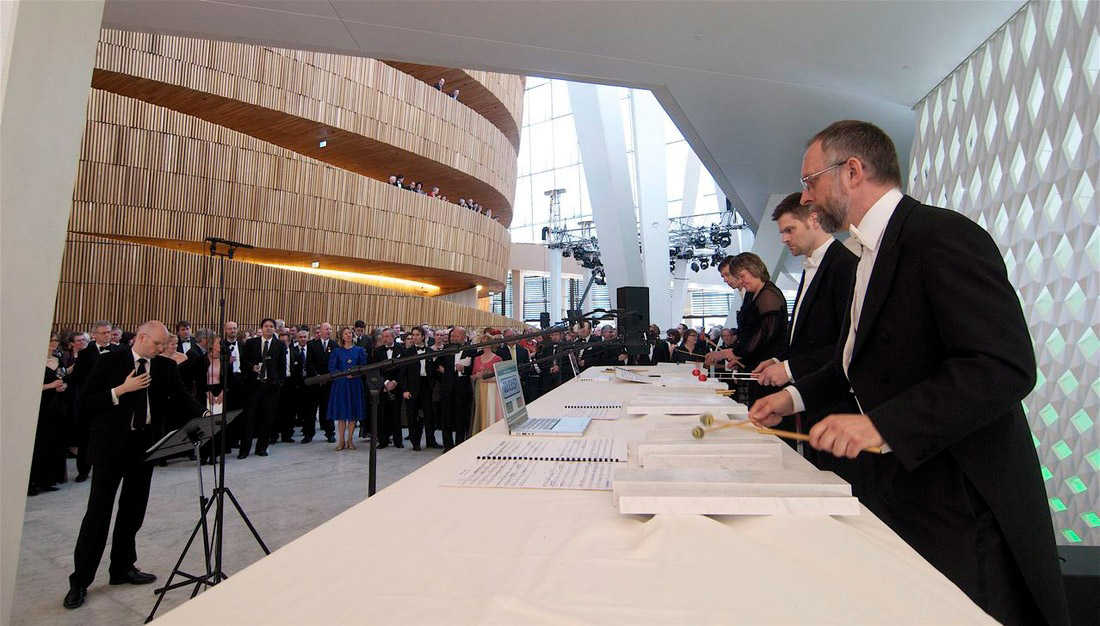
Marble Surplus (2010) )
When were you first in contact with Notam?
I went to a course here, but exactly when I do not remember. But the previous project I did here was a commission for the opening of the Opera House as it was called Marble Surplus . Rune Martinsen, a percussionist in the Opera orchestra, got the idea that I should make a piece for them where they would play on the surplus of the marble that the opera was built from. Rune had gathered lots of marble pieces in a heavy box from around the building site, wondering if it was possible to make something with them. I said yes, and the opera manager Bjørn Simensen was in. We agreed that this should be part of the opening in the foyer right before the opening ceremony, and we worked a lot with the marble pieces.
On the day of moving the whole Opera from Youngstorget to Bjørvika, he had put a note on the box saying that it was going to the percussion room. And then the whole box disappeared, it was gone. A giant box of marble, it’s not something you just lose. Rune was desperate, because now the instruments were gone. We contacted one of the construction managers, and luckily they instead were able to cut some blocks after our memory, which probably came out even better. Any way, we made a form of giant xylophone. Only that it is really very little resonance in marble, it’s quite a dead material, so I had to do something about it electronically, and then I contacted Cato. We recorded and processed the sound together, and out came a piece for live marble and live electronics with Cato on technique. It got presented three times: The opening of the Opera, the Ultima Oslo contemporary festival in 2008 and the TONO Jubilee. It is published on disc and can be purchased at Opera store. By the way, there is a rumor that there was a musician in the opera orchestra that out of the air talked about having a new fireplace at home and then saying that it was very cool with marble bricks in the fireplace. Nobody has ever heard anything more about it, but when I think about the marblophone, I sometimes visualize a nice fireplace. Cato: As we say in the north, that guy he had a very thick brick. Exactly, Cato is back in studio and the break is finished.